
Our Story: Mercy Faculty Forward
Unity is Our Strength, Solidarity Our Power
Working together for a better Mercy for all
because the students, staffs and faculty deserve it.
Why did Mercy’s adjunct faculty unionizing?
For fair wages, job security, benefits, and a voice in the academic community. Mercy College adjuncts comprise at least 75% of its faculty, but we are paid so little that without other sources of income, all of us would qualify for federal food assistance.
How long was the process at Mercy?
We voted to form our union in May 2019 in a vote of 406 – 100. Contract negotiations began in the Fall of 2019 and that contract was signed in May 2022.
Was it neccesary to form a union?
In the spring of 2019 we received a 35% raise.
That 2019 raise, from about $2200 per course to $3000, happened only after Mercy’s administration realized that adjuncts were on the verge of forming a union. Prior to the union drive, raises were rare. One adjunct reported having taught at Mercy for 25 years with no increase at all. Bottom line: without a union, that 2019 raise will be one and done.
Is a union good for students?
Yes! Our working conditions are our students’ learning conditions – we have not even been able to get the Administration to agree to provide adjunct professors with office space in which to meet privately with students. As things currently stand, adjuncts must often work multiple jobs on multiple campuses to make ends meet—we spoke to one adjunct professor at Mercy who was teaching 16 courses at different institutions in the same semester. Mercy College students deserve better.
.
.



Stand With Working Class Americans



“A combination of consumer thinking, market fluidity, loss of professional status, technological innovation, and demographic shifts has led us to a point where the faculty will never again be a primarily full-time, primarily tenure-track institutional or cultural commitment.”
SEIU Structure



The members of SEIU 200United will be organized for the purpose of on-the-job representation into “Chapters” consisting of a single collective bargaining unit or, when appropriate, multiple bargaining units of a single employer.
SEIU 200United shall have such jurisdiction as is granted and
approved from time to time by the International Union in accordance with its Constitution and Bylaws.The purpose of SEIU 200United is to raise the standard of living of its members in Upstate New York and Pennsylvania and additional regions as designated by the International Union.
An International Union is a group of workers who come together to protect their rights and improve their working conditions. This group is made up of people from different countries who work in the same industry.
Service Employees International Union
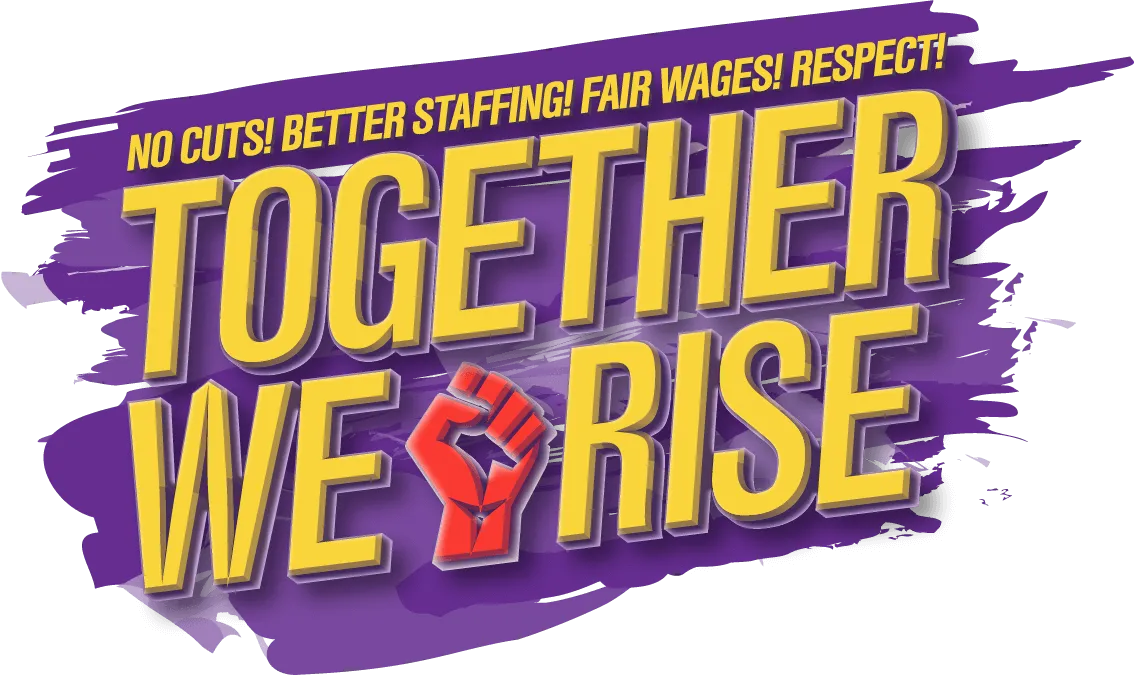
SEIU
LEADERSHIP
PAST
PRESENT
FUTURE
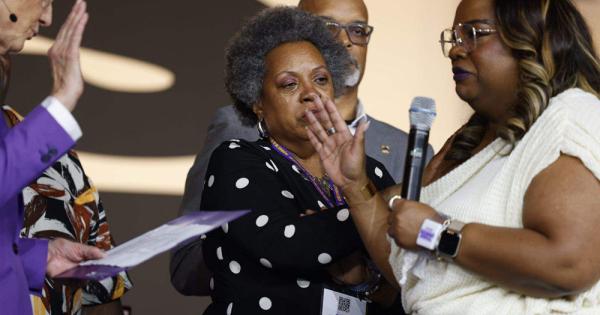
At the National Convention SEIU elected Apirl Verrett the first African American president of the union and also elected Rocio Saenz, who came to the U.S. at the age of 22 from Mexico, to be SEIU’s first Latina Secretary-Treasurer
“It’s time to rise up from the ashes and keep on keepin’ on,” Verrett said. “It’s time to leave behind business as usual. It’s time to leave behind the status quo,” she continued, to cheers and a standing ovation.
“SEIU demonstrated that we are committed to the leadership of women of color,” said Verrett. Service employees are striving to build an anti-racist, anti-sexist, pro-democratic union that puts the struggles against racism and exploitation front and center.
“The world needs us to be bold and to be innovative. It’s time for us to step up. Workers all over the world are courageous and taking action!” she said.
Speaking of the fascist threat MAGA forces pose if they win the 2024 elections, Verrett said “Black workers cannot fight this fight alone. It requires a united front” of all working-class people to block the ultra-right threat and build towards a more democratic, pro-worker society.
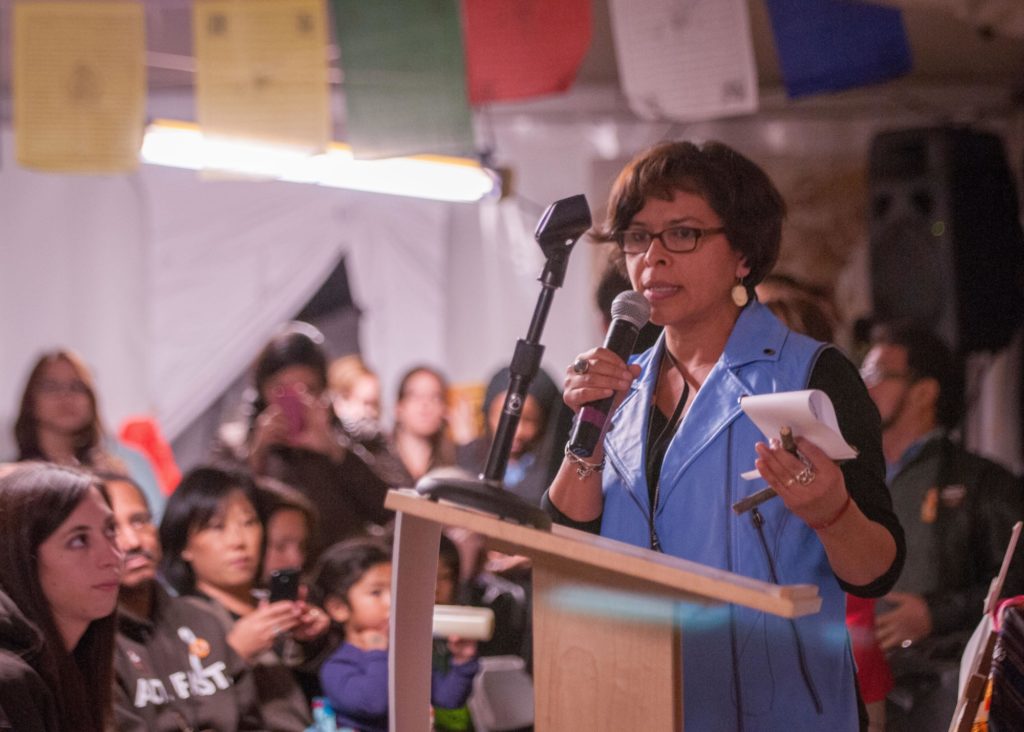
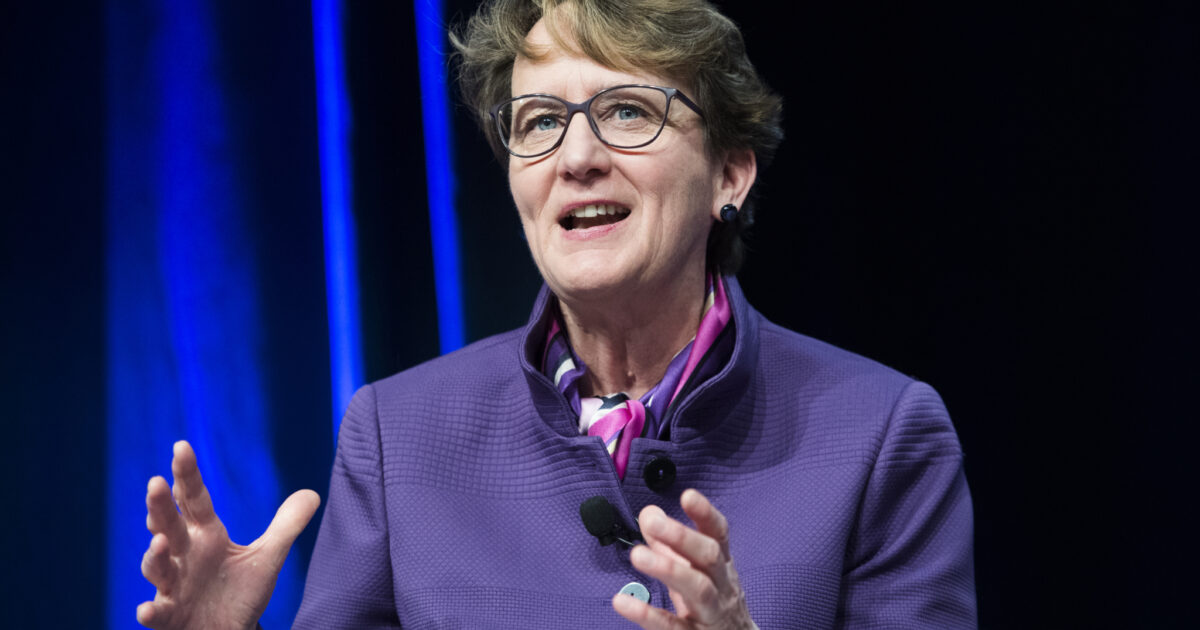
Remembering Past SEIU President Mary Kay Henry’s Legacy
The Union Leader Who Changed How We Think About Work
John Sweeney’s Legacy, former SEIU President who went on to lead the AFL- CIO
During his tenure, as the labor movement’s top leader Sweeney emerged as something like the antithesis of the AFL-CIO’s first president George Meany. There is irony in that, for both men shared much. They were born 40 years apart to Irish Catholic parents. Both were raised in the Bronx by fathers who were loyal union men—Meany’s a plumber, Sweeney’s a bus driver. Both became union staffers as young men and rose to prominent positions in the New York City labor movement before heading to Washington, DC, in their mid-40s.
Yet, if Sweeney’s career mirrored Meany’s in broad strokes, his presidency broke with one pattern after another set during the Meany era. While Meany had once bragged that he had never walked a picket line, Sweeney’s SEIU members famously blocked bridges into Washington, DC, just prior to his election to the AFL-CIO presidency in 1995, and as president Sweeney was arrested several times for engaging in civil disobedience. While Meany moved cautiously on civil rights issues, famously jousting with A. Philip Randolph about the pace of change within the federation, Sweeney insistently pushed the AFL-CIO’s executive committee to change its position on immigration, embracing comprehensive immigration reform in 2000.
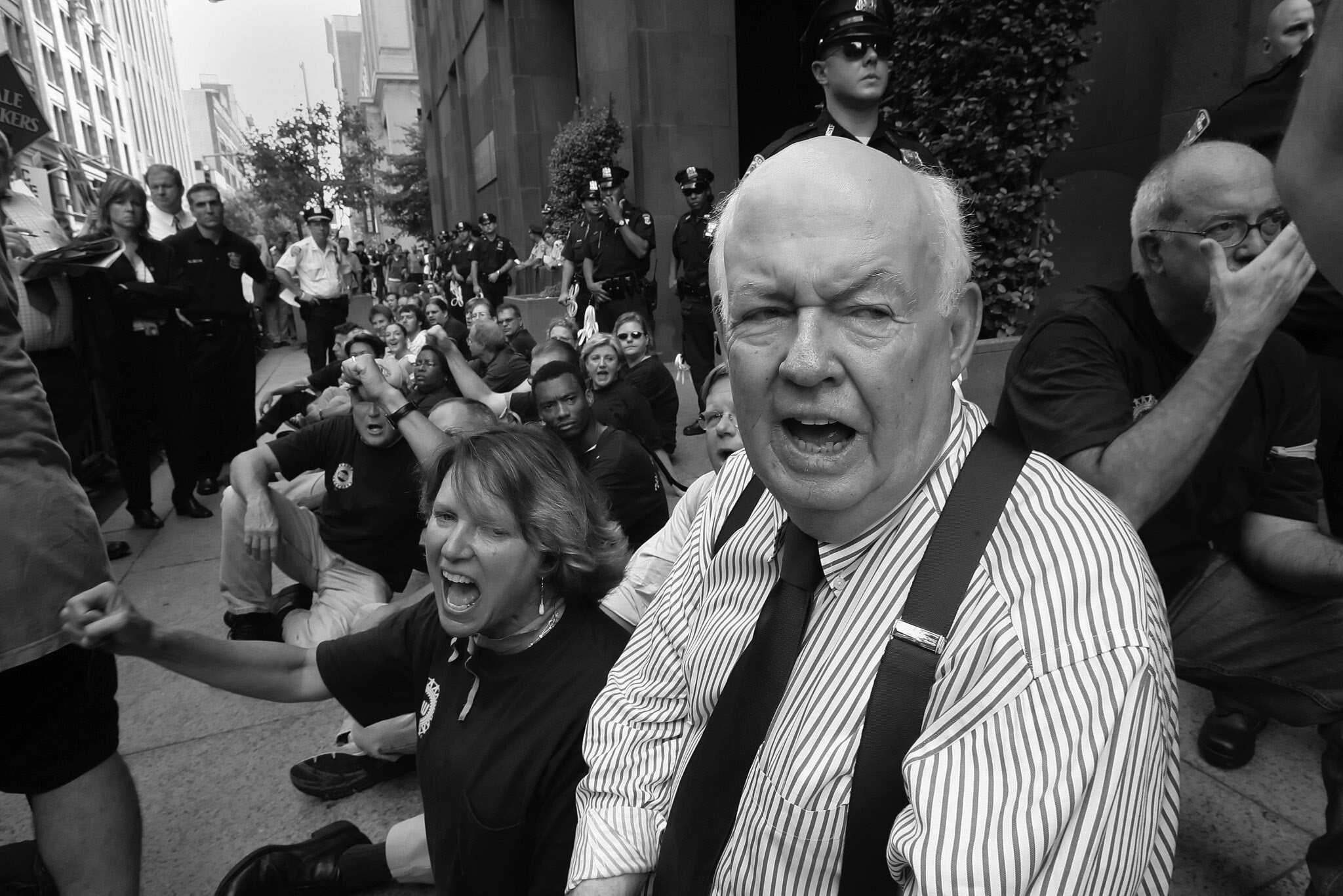
John Sweeney in 2005 at New York University in Manhattan during a protest by graduate assistants in a contract dispute. One of his priorities was to expand labor’s rank-and-file. Credit: James Estrin/The New York Times
